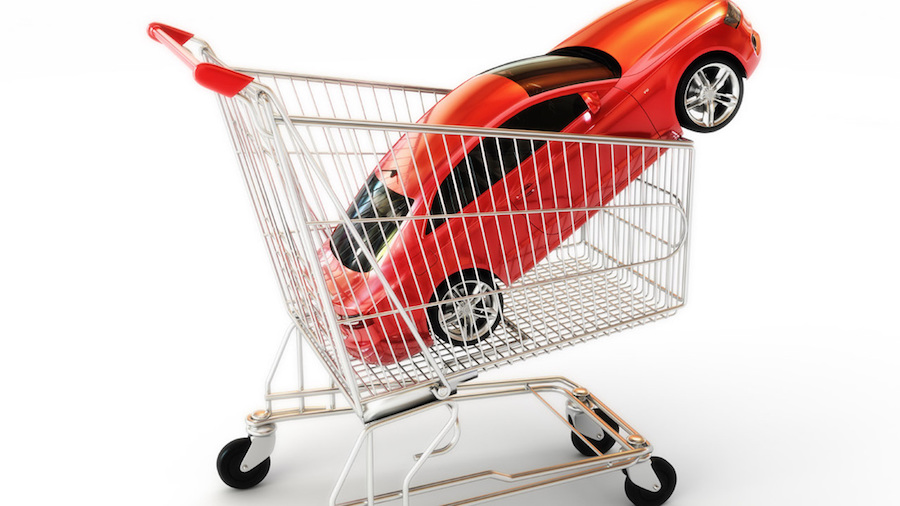
How To Buy A Used Car – Part 1
Proper Planning
Proper Planning Prevents Poor Purchasing
Before you make the first call enquiry.
Before you make your first inspection appointment.
Before you take your first test drive.
And definitely before you start negotiating…
Know your stuff.
Yeah yeah I know; BORING.
But unwisely, many people decide they need a car and immediately hit the pavements.
It sounds simple and silly, but do you know exactly what sort of vehicle you want or more importantly, need?
Consider the following factors:
Purpose
Identify all the circumstances you and other co-buyers/users of the vehicle will use it for:
- Would a small, medium or large car be best suited?
- Do you need to fit children/booster seats? How many?
- Will you use the car for camping trips, golf, etc.? Will your stuff fit?
- Will you do mostly short city trips or long distance country driving?
- Do you need an off-road vehicle? 4WD or AWD?
- Will it often be parked in high-risk areas e.g. car parks, shopping centres?
- What features are important to you – audio, air conditioning, reversing sensors, maybe even heated seats would be nice?
The answers to these questions will determine all sorts of factors determining the type/model/age/body shape of your perfect used car purchase.
Budget
How much do you have to spend?
Is it enough for the type of car you need?
Do you need to take out a loan and can you afford the repayments?
Consider each different make/model’s annual registration, insurance, regular maintenance and running costs.
There will be compulsory statutory fees to pay after you do a deal.
Registration transfer and stamp duty are two of these.
Do some national searches across multiple online car selling websites for your chosen makes/models.
Get to know the broad price range.
Is your budget realistic?
Options and Their Costs
Various makes and models have standard factory options the original owner chose to have – or not have.
What features are important to you?
For example:
Transmission (manual or automatic), air-conditioning, tinted windows, alloy wheels, stereo system, interior trimmings, metallic paint, etc.
When researching online, compare car prices with and without these factory fitted options.
Get to know approximately how much each option is worth.
Is the extra expense worth it to you?
Mileage
Approximately 12,000 miles/20,000 kms per year is considered average use for a used vehicle.
“Average” pricing you find (e.g. http://www.redbook.com.au) will be based on this.
Vehicles with lower mileage will cost you more.
Safety Features
Cars with superior safety features usually cost more than their competitors when new.
In turn, this is generally true when they are later sold second hand.
Is a safer car worth more to you?
Most insurers have their own guides but most are based on a 5 star rating guide by ANCAP (Australasian New Car Assessment Program). You can compare a range of cars built after 1993 at http://www.ancap.com.au.
Servicing
Most cars require major services at predetermined time/mileage milestones.
Do some research to know what needs to be done and when on the car(s) you have chosen to look at.
For example many cars need a timing belt and water pump replaced every 80,000kms. This can cost $300-$500 or more.
Balanced Reviews
Visit multiple websites offering reviews of the makes/models you have shortlisted. (https://www.google.com.au/search?q=used+car+reviews)
If a licensed motor dealer you visit offers you alternative vehicles, do your research on these alternatives too.




